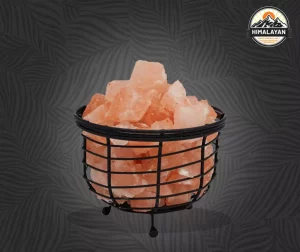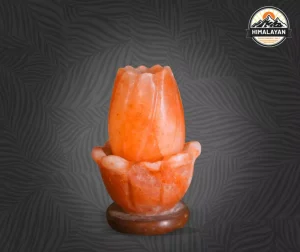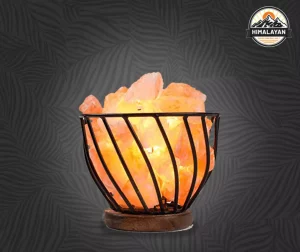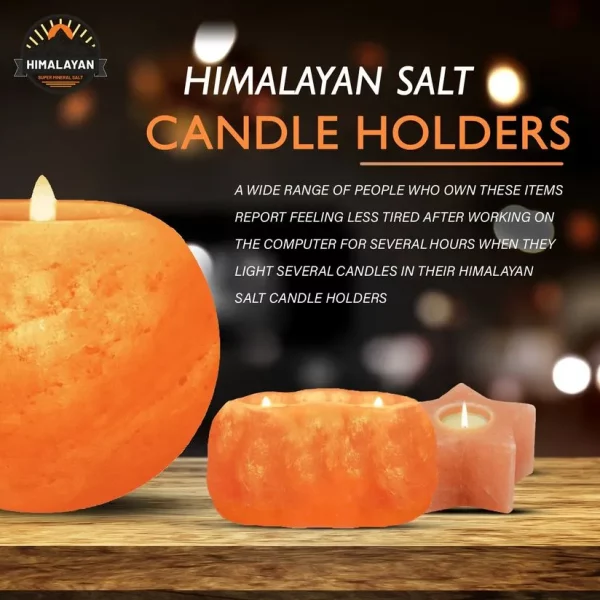Trace Minerals Vs Himalayan Salt
When it comes to our dietary needs, minerals play a vital role in maintaining optimal health and bodily functions. While a lot of individuals are familiar with common minerals like calcium and iron, there is another category of minerals known as trace minerals, which are required by the body in smaller amounts. In recent years, Trace Minerals Vs Himalayan Salt has gained popularity as a natural alternative to table salt, boasting an impressive array of trace minerals. Let’s delve into the world of trace minerals and explore the unique benefits of Himalayan salt.
Understanding Trace Minerals:
Trace Minerals Vs Himalayan Salt are minerals that are needed by the body in very small quantities, typically measured in milligrams or micrograms. They include elements such as zinc, copper, selenium, manganese, and many others. Despite their small quantities, these minerals are essential for various bodily functions, including enzyme reactions, hormone synthesis, immune system support, and maintaining overall health.
Himalayan Salt: A Treasure Trove of Trace Minerals:
Himalayan salt, also known as pink salt or rock salt, is a natural salt harvested from the Khewra Salt Mine in the Himalayan region. What sets Trace Minerals Vs Himalayan Salt apart is its rich mineral content, which includes approximately 84 trace minerals. These minerals are naturally present in the salt due to its formation over millions of years in ancient sea beds. Some of the notable minerals found in Himalayan salt include calcium, potassium, magnesium, iodine, zinc, and iron.
Benefits of Himalayan Salt:
Electrolyte Balance:
The presence of trace minerals in Himalayan salt helps maintain electrolyte balance in the body. Electrolytes play a vital role in nerve and muscle function, hydration, and maintaining proper pH levels.
Mineral Support:
Consuming Himalayan salt can provide additional trace minerals that may be lacking in a typical modern diet. These minerals contribute to various bodily functions and promote overall well-being.
Digestive Health:
The trace minerals in Himalayan salt can aid in digestion by supporting enzyme reactions and promoting a healthy digestive system. They can help improve nutrient absorption and reduce digestive discomfort.
Hydration and Fluid Balance:
Himalayan salt supports optimal hydration by maintaining fluid balance within and outside the cells. This is particularly beneficial for athletes and individuals who engage in physical activities.
Respiratory Health:
Trace Minerals Vs Himalayan Salt is often used in salt lamps and salt inhalers to improve respiratory health. The minerals in the salt help purify the air and may provide relief from respiratory conditions such as allergies and asthma.
Differences Between Trace Minerals and Himalayan Salt:
Trace minerals are essential minerals that the body requires in small amounts for various physiological functions. They include minerals like iron, zinc, copper, manganese, iodine, selenium, and chromium, among others. These minerals are naturally present in many foods, such as fruits, vegetables, grains, nuts, and seeds, as well as in certain animal products.
Trace Minerals Vs Himalayan Salt, on the other hand, is a type of rock salt mined from the Khewra Salt Mine in the Himalayan region of Pakistan. It is known for its distinctive pink color and is often marketed as a healthier alternative to regular table salt. Himalayan salt is primarily composed of sodium chloride, but it also contains trace amounts of other minerals, including magnesium, potassium, calcium, and iron. The presence of these minerals gives Himalayan salt its characteristic color and flavor.
One of the key differences between both lies in their composition. Trace minerals are a diverse group of elements that are naturally present in various foods, whereas Himalayan salt primarily contains sodium chloride with trace amounts of other minerals. While Himalayan salt does provide some additional minerals compared to regular table salt, the amounts are relatively small and may not significantly contribute to meeting the body’s daily mineral requirements.
Another difference is the form in which these minerals are consumed. Trace Minerals Vs Himalayan Salt are typically obtained through a varied diet that includes a range of whole foods. Different foods contain different combinations and concentrations of trace minerals, allowing for a diverse intake. On the other hand, Himalayan salt is a concentrated source of minerals and is usually used as a seasoning or added to foods during cooking.
It’s important to note that the exact mineral composition of Himalayan salt can vary depending on factors such as the specific source and processing methods. While Himalayan salt is marketed as a source of various minerals, the actual quantities can be quite small. The nutritional impact of consuming Himalayan salt for its trace mineral content may be minimal compared to obtaining these minerals through a balanced and diverse diet.
In summary, while Trace Minerals Vs Himalayan Salt are naturally occurring elements found in various foods, Himalayan salt provides a convenient source of some minerals, albeit in small quantities. It is important to prioritize a well-rounded, nutrient-rich diet that includes a variety of whole foods to ensure an adequate intake of trace minerals and other essential nutrients. Himalayan salt can be enjoyed as a flavorful addition to meals but should not be relied upon as the primary source of trace minerals in the diet.
Conclusion:
Incorporating trace minerals into our diet is essential for maintaining optimal health and supporting various bodily functions. Trace Minerals Vs Himalayan Salt serves as a natural source of these trace minerals, offering a range of potential benefits for overall well-being. By choosing Himalayan salt as a healthier alternative to refined table salt, individuals can not only enhance the flavor of their meals but also introduce a variety of essential minerals into their diet.
Remember, while Himalayan salt can be a valuable addition to a balanced diet, it’s important to consult with a healthcare professional or registered dietitian to ensure your mineral and nutrient needs are encountered based on your specific conditions.
So, next time you reach for the salt shaker, consider the rich mineral content and potential health benefits that Himalayan salt can offer.


























